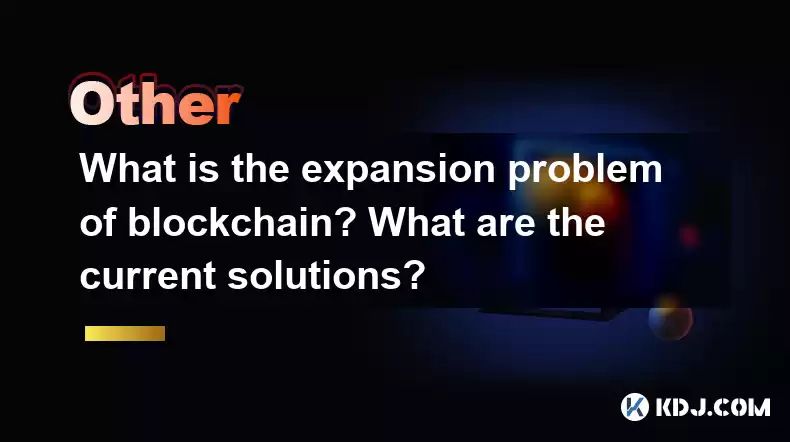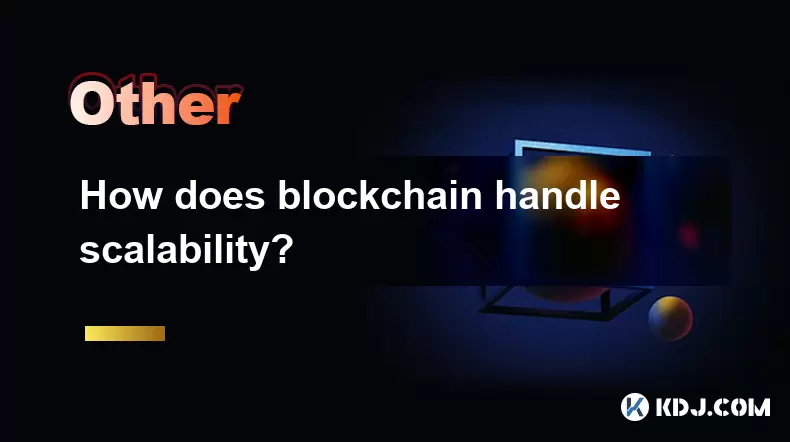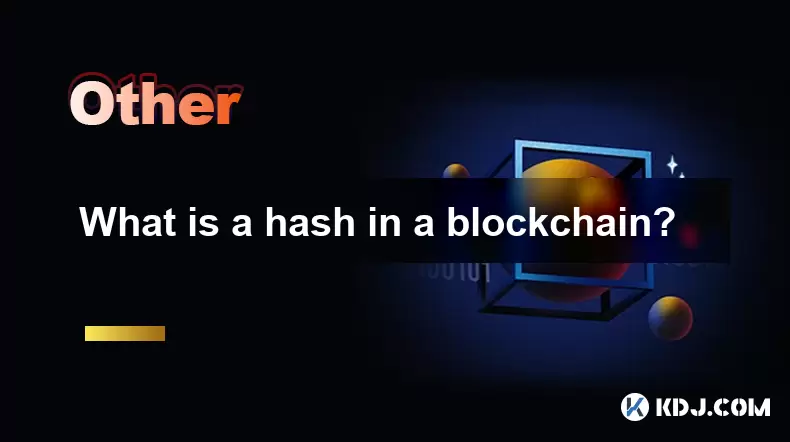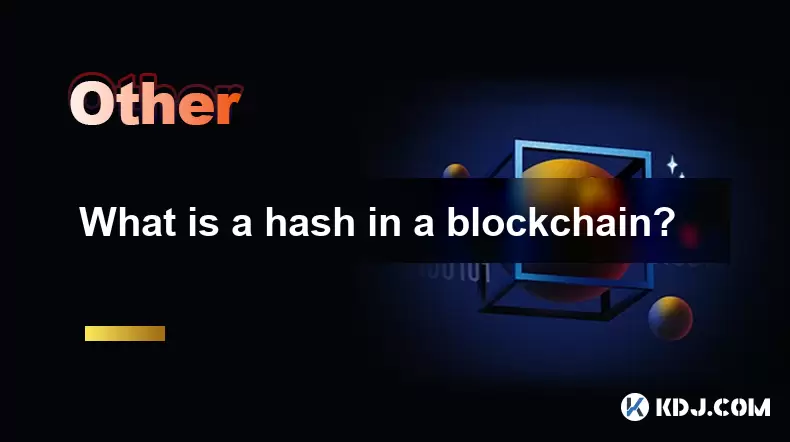-
 Bitcoin
Bitcoin $113900
-1.39% -
 Ethereum
Ethereum $3517
-4.15% -
 XRP
XRP $3.009
1.59% -
 Tether USDt
Tether USDt $0.9997
-0.04% -
 BNB
BNB $766.8
-1.41% -
 Solana
Solana $164.6
-2.38% -
 USDC
USDC $0.9998
-0.02% -
 TRON
TRON $0.3277
0.65% -
 Dogecoin
Dogecoin $0.2023
-1.67% -
 Cardano
Cardano $0.7246
0.05% -
 Hyperliquid
Hyperliquid $38.27
-4.77% -
 Sui
Sui $3.528
-0.52% -
 Stellar
Stellar $0.3890
-0.73% -
 Chainlink
Chainlink $16.16
-2.69% -
 Bitcoin Cash
Bitcoin Cash $539.9
-4.38% -
 Hedera
Hedera $0.2425
-2.00% -
 Avalanche
Avalanche $21.71
-0.97% -
 Toncoin
Toncoin $3.662
5.73% -
 Ethena USDe
Ethena USDe $1.000
-0.02% -
 UNUS SED LEO
UNUS SED LEO $8.964
0.35% -
 Litecoin
Litecoin $107.7
2.33% -
 Shiba Inu
Shiba Inu $0.00001223
-0.40% -
 Polkadot
Polkadot $3.617
-0.97% -
 Uniswap
Uniswap $9.052
-2.49% -
 Monero
Monero $295.1
-3.79% -
 Dai
Dai $0.9999
0.00% -
 Bitget Token
Bitget Token $4.315
-1.85% -
 Pepe
Pepe $0.00001060
0.11% -
 Cronos
Cronos $0.1342
-2.72% -
 Aave
Aave $256.0
-0.87%
What is the expansion problem of blockchain? What are the current solutions?
Blockchain's expansion problem involves scaling to handle more TPS while staying decentralized and secure; solutions include sharding, Lightning Network, and Ethereum's shift to PoS.
Apr 28, 2025 at 01:22 am

The expansion problem of blockchain refers to the challenge of scaling the technology to handle a larger number of transactions per second (TPS) while maintaining its decentralized nature and security. As blockchain technology, particularly Bitcoin and Ethereum, has grown in popularity, the demand for faster and more efficient transaction processing has increased. This article explores the expansion problem of blockchain and discusses the current solutions being implemented to address it.
Understanding the Expansion Problem
The expansion problem in blockchain technology primarily revolves around two key aspects: transaction throughput and block size. Traditional blockchains like Bitcoin and Ethereum have limitations in the number of transactions they can process per second. For instance, Bitcoin can handle around 7 TPS, while Ethereum processes approximately 30 TPS. These numbers pale in comparison to traditional financial systems like Visa, which can handle tens of thousands of transactions per second.
The primary reason for these limitations is the consensus mechanism used by most blockchains. Bitcoin uses Proof of Work (PoW), which requires miners to solve complex mathematical problems to validate transactions and add them to the blockchain. This process is inherently slow and energy-intensive, leading to lower transaction throughput.
Current Solutions to the Expansion Problem
Several solutions have been proposed and implemented to address the expansion problem of blockchain. These solutions can be broadly categorized into on-chain and off-chain scaling methods.
On-Chain Scaling Solutions
On-chain scaling solutions focus on modifying the blockchain protocol itself to increase transaction throughput. One of the most common approaches is increasing the block size. Bitcoin Cash, a fork of Bitcoin, increased its block size to 32 MB from Bitcoin's 1 MB, allowing for more transactions to be processed in each block.
Another on-chain solution is sharding. Sharding involves dividing the blockchain into smaller pieces, or shards, each capable of processing its own set of transactions. Ethereum is actively working on implementing sharding to increase its scalability. By allowing multiple shards to process transactions simultaneously, the overall transaction throughput of the network can be significantly improved.
Off-Chain Scaling Solutions
Off-chain scaling solutions aim to process transactions outside the main blockchain, thereby reducing the load on the network. One of the most popular off-chain solutions is the Lightning Network, designed for Bitcoin. The Lightning Network creates payment channels between users, allowing them to conduct multiple transactions off-chain and only settle the final balance on the blockchain. This significantly reduces the number of transactions that need to be processed on the main blockchain, increasing overall scalability.
Another off-chain solution is sidechains. Sidechains are separate blockchains that are pegged to the main blockchain, allowing assets to be transferred between them. By processing transactions on sidechains, the main blockchain can focus on maintaining security and consensus, while the sidechains handle the bulk of the transaction volume.
Layer 2 Solutions
Layer 2 solutions are another approach to scaling blockchain networks. These solutions build on top of the existing blockchain (Layer 1) to enhance its scalability without altering the underlying protocol. One example of a Layer 2 solution is state channels, which are similar to the Lightning Network but can be used for more than just payments. State channels allow users to conduct multiple interactions off-chain and only submit the final state to the blockchain, reducing the load on the network.
Another Layer 2 solution is rollups. Rollups batch multiple transactions into a single transaction, which is then processed on the main blockchain. There are two types of rollups: Optimistic Rollups and ZK-Rollups. Optimistic Rollups assume transactions are valid by default and only execute them if challenged, while ZK-Rollups use zero-knowledge proofs to validate transactions off-chain before submitting them to the blockchain.
Consensus Mechanism Innovations
Innovations in consensus mechanisms also play a crucial role in addressing the expansion problem. While Proof of Work (PoW) has been the traditional consensus mechanism for blockchains like Bitcoin, it is inherently slow and energy-intensive. As a result, alternative consensus mechanisms like Proof of Stake (PoS) and Delegated Proof of Stake (DPoS) have been developed.
Ethereum, for instance, is transitioning from PoW to PoS with its Ethereum 2.0 upgrade. PoS allows validators to create new blocks based on the number of coins they hold and are willing to "stake" as collateral. This approach is more energy-efficient and can process transactions faster than PoW. DPoS, used by blockchains like EOS, allows token holders to vote for a small number of delegates who are responsible for validating transactions and creating new blocks, further increasing scalability.
Interoperability and Cross-Chain Solutions
Interoperability and cross-chain solutions are also being explored to enhance blockchain scalability. By allowing different blockchains to communicate and transfer assets between them, the overall capacity of the blockchain ecosystem can be increased. Projects like Polkadot and Cosmos are working on creating networks of interoperable blockchains, each capable of processing its own transactions and communicating with others.
Polkadot, for example, uses a relay chain to connect multiple parachains, each of which can be optimized for specific use cases. This allows for greater scalability and flexibility within the network. Cosmos, on the other hand, uses the Inter-Blockchain Communication (IBC) protocol to enable different blockchains to exchange data and assets securely.
Frequently Asked Questions
Q: How does sharding improve blockchain scalability?
A: Sharding improves blockchain scalability by dividing the network into smaller, independent pieces called shards. Each shard can process its own set of transactions simultaneously, allowing the overall network to handle a higher volume of transactions per second. This approach reduces the load on individual nodes and increases the throughput of the entire blockchain.
Q: What are the main differences between Optimistic Rollups and ZK-Rollups?
A: Optimistic Rollups and ZK-Rollups are both Layer 2 scaling solutions, but they operate differently. Optimistic Rollups assume transactions are valid by default and only execute them if challenged, which can lead to longer confirmation times but is less computationally intensive. ZK-Rollups, on the other hand, use zero-knowledge proofs to validate transactions off-chain before submitting them to the blockchain, offering faster confirmation times but requiring more computational power.
Q: Can increasing the block size alone solve the expansion problem of blockchain?
A: Increasing the block size can help improve transaction throughput to some extent, but it is not a complete solution to the expansion problem. Larger blocks require more storage and bandwidth, which can lead to centralization as only nodes with significant resources can participate in the network. Additionally, larger blocks do not address the underlying issues with consensus mechanisms like Proof of Work, which can still limit scalability.
Q: How does the Lightning Network work, and what are its benefits?
A: The Lightning Network is an off-chain scaling solution that creates payment channels between users. These channels allow users to conduct multiple transactions off-chain and only settle the final balance on the blockchain. The benefits of the Lightning Network include faster transaction processing, lower fees, and increased scalability, as it reduces the number of transactions that need to be processed on the main blockchain.
Disclaimer:info@kdj.com
The information provided is not trading advice. kdj.com does not assume any responsibility for any investments made based on the information provided in this article. Cryptocurrencies are highly volatile and it is highly recommended that you invest with caution after thorough research!
If you believe that the content used on this website infringes your copyright, please contact us immediately (info@kdj.com) and we will delete it promptly.
- Bitcoin Strategy: Saylor's Not Hoarding, He's Building an Empire
- 2025-08-02 22:30:12
- Bitcoin Bloodbath: Macro Pressures and Liquidations Unleash Crypto Chaos
- 2025-08-02 22:30:12
- Tron, Cold Wallets, and Crypto Trends: What's Hot in the Market?
- 2025-08-02 23:10:12
- Bitcoin's Wild Ride: Davinci, Investors, and the $500K Dream
- 2025-08-02 23:50:12
- Worldcoin, Identity, WLD Price: Decoding the NYC Crypto Buzz
- 2025-08-02 21:10:12
- Shiba Inu: Utility and Community Strength Drive Crypto's Evolution
- 2025-08-02 21:50:12
Related knowledge

What is the difference between on-chain and off-chain transactions?
Aug 02,2025 at 04:22pm
Understanding On-Chain TransactionsOn-chain transactions refer to digital asset transfers that are recorded directly on a blockchain ledger. These tra...

What is the double-spending problem and how does blockchain prevent it?
Aug 02,2025 at 01:07pm
Understanding the Double-Spending ProblemThe double-spending problem is a fundamental challenge in digital currency systems where the same digital tok...

What is the difference between a blockchain and a database?
Aug 01,2025 at 09:36pm
Understanding the Core Structure of a BlockchainA blockchain is a decentralized digital ledger that records data in a series of immutable blocks linke...

How does blockchain handle scalability?
Aug 02,2025 at 02:58pm
Understanding Blockchain Scalability ChallengesBlockchain scalability refers to a network's ability to handle an increasing volume of transactions wit...

What is a hash in a blockchain?
Aug 02,2025 at 05:28am
Understanding the Concept of Hash in BlockchainA hash in the context of blockchain technology refers to a unique digital fingerprint generated by a cr...

What is a hash in a blockchain?
Aug 02,2025 at 04:43am
Understanding the Concept of Hash in BlockchainA hash in the context of blockchain technology refers to a unique digital fingerprint generated by a cr...

What is the difference between on-chain and off-chain transactions?
Aug 02,2025 at 04:22pm
Understanding On-Chain TransactionsOn-chain transactions refer to digital asset transfers that are recorded directly on a blockchain ledger. These tra...

What is the double-spending problem and how does blockchain prevent it?
Aug 02,2025 at 01:07pm
Understanding the Double-Spending ProblemThe double-spending problem is a fundamental challenge in digital currency systems where the same digital tok...

What is the difference between a blockchain and a database?
Aug 01,2025 at 09:36pm
Understanding the Core Structure of a BlockchainA blockchain is a decentralized digital ledger that records data in a series of immutable blocks linke...

How does blockchain handle scalability?
Aug 02,2025 at 02:58pm
Understanding Blockchain Scalability ChallengesBlockchain scalability refers to a network's ability to handle an increasing volume of transactions wit...

What is a hash in a blockchain?
Aug 02,2025 at 05:28am
Understanding the Concept of Hash in BlockchainA hash in the context of blockchain technology refers to a unique digital fingerprint generated by a cr...

What is a hash in a blockchain?
Aug 02,2025 at 04:43am
Understanding the Concept of Hash in BlockchainA hash in the context of blockchain technology refers to a unique digital fingerprint generated by a cr...
See all articles

























































































